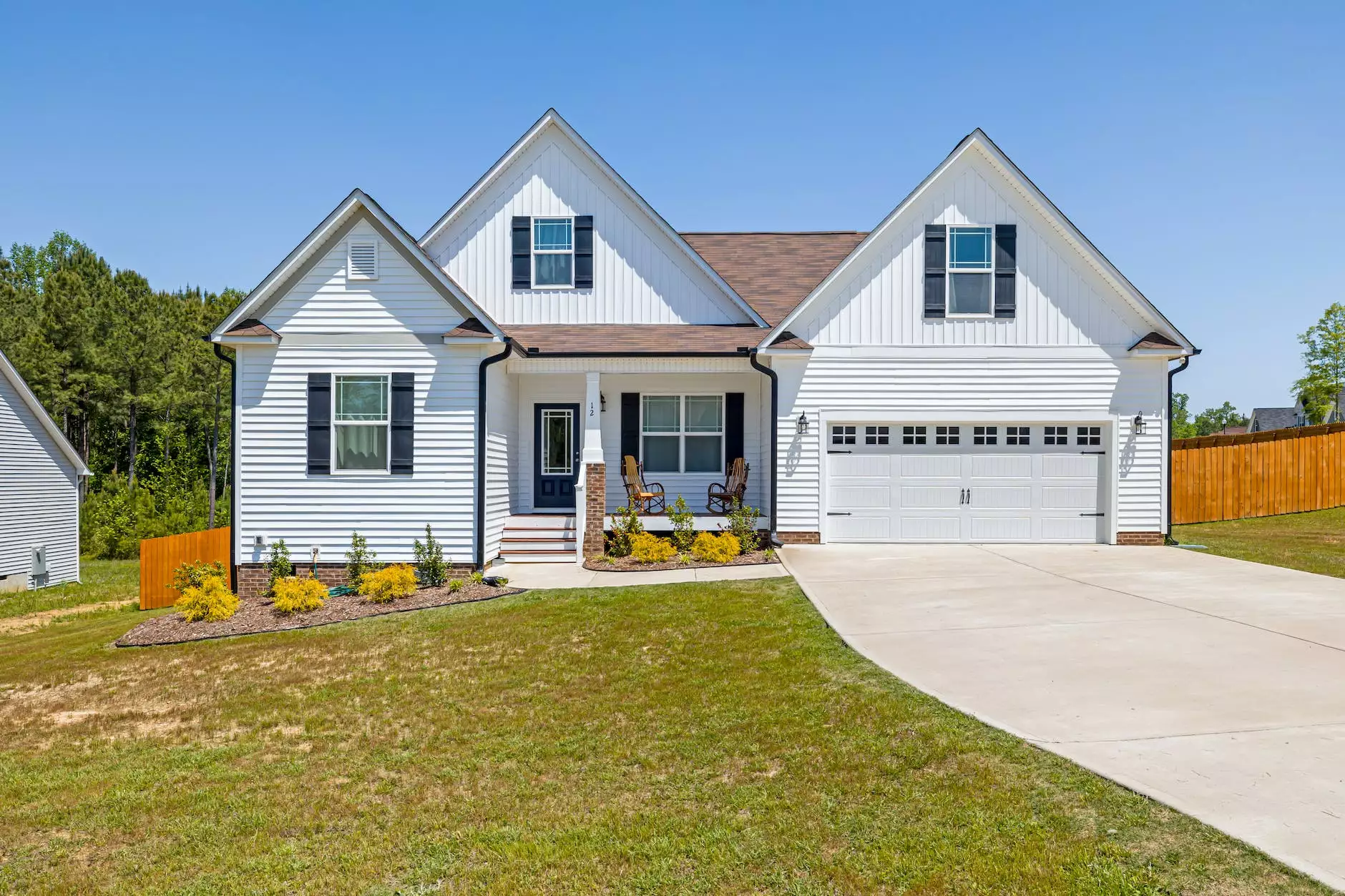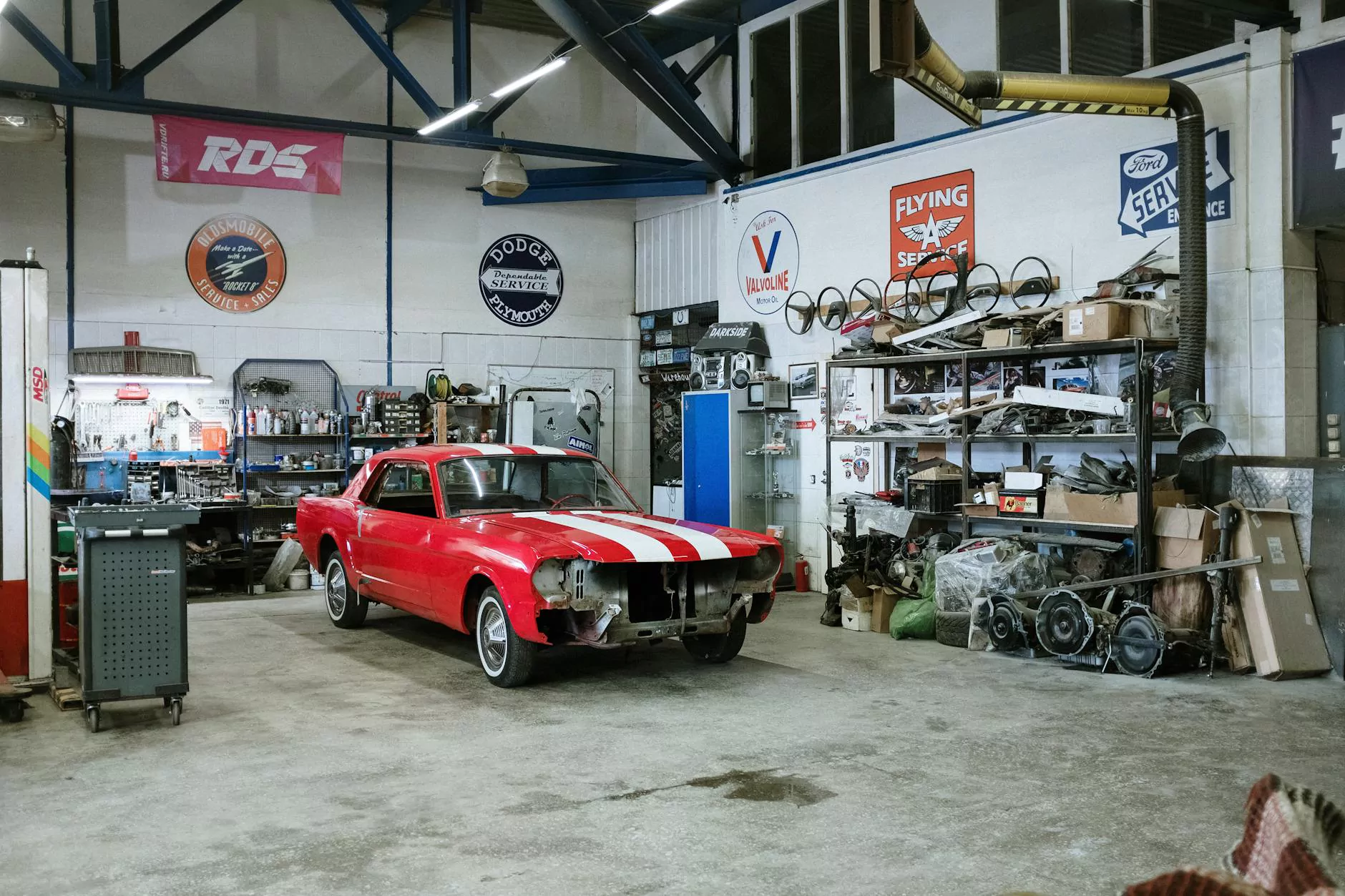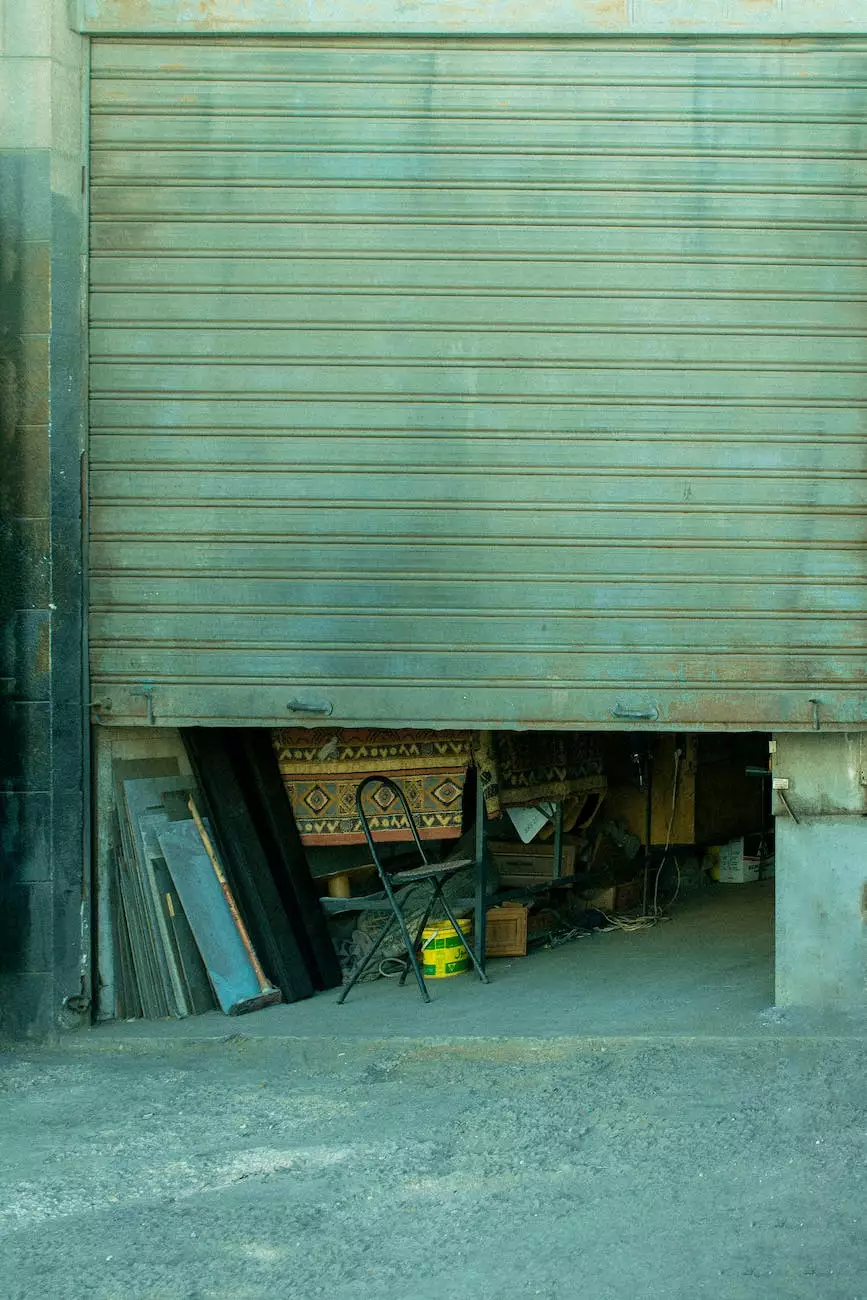How to Lubricate Your Noisy Garage Door
Clopay Door Information
If you have been struggling with a noisy garage door, Xpress Garage Door is here to help you! Our expert team has put together this detailed guide to show you how to effectively lubricate your garage door and eliminate annoying noises with ease.
Why Does Your Garage Door Make Noise?
Before we dive into the lubrication process, it's essential to understand why your garage door makes noise in the first place. Several factors contribute to the noise, including:
- Worn-out or damaged rollers
- Dry hinges and tracks
- Loose hardware
- Tension issues with the springs
- Improper alignment
Addressing these underlying issues alongside lubrication will significantly improve the functionality and reduce noise levels of your garage door.
Choosing the Right Lubricant
Before we proceed, it's crucial to pick the right lubricant for the job. We recommend using a silicone-based lubricant, as it offers excellent lubrication and has a long-lasting effect. Avoid using oils or grease-based lubricants, as they tend to attract dirt and debris, potentially causing more problems in the long run.
Step-by-Step Guide to Lubricating Your Garage Door
Step 1: Safety First
Prioritize safety by disconnecting the garage door opener from the power source. This precautionary measure ensures that the door won't accidentally open or close during the lubrication process.
Step 2: Clean the Tracks and Rollers
Start by wiping down the tracks and rollers using a clean cloth to remove any built-up dirt or debris. This step helps to create a smooth surface for the lubricant to adhere to.
Step 3: Lubricate the Rollers
Apply a generous amount of silicone-based lubricant to each roller, ensuring that you cover all the bearings thoroughly. Roll the door up and down a few times to ensure even distribution of the lubricant.
Step 4: Lubricate the Hinges
Next, apply lubricant to each hinge, making sure to reach all the pivot points. Move the door back and forth several times to ensure the lubricant penetrates the hinges properly.
Step 5: Lubricate the Springs
Take caution while lubricating the springs, as they are under tension. Apply a light coating of lubricant to the springs, focusing on the coiled areas. Avoid over-lubricating, as this can lead to an accumulation of dirt and debris.
Step 6: Lubricate the Bearing Plates and Pulleys
Apply lubricant to the bearing plates and pulleys to ensure smooth movement. Make sure to cover all moving parts adequately.
Step 7: Check for Loose Hardware
Inspect the garage door and tighten any loose bolts, nuts, or screws. Loose hardware can contribute to excessive noise, so it's essential to keep everything securely fastened.
Step 8: Test the Lubricated Door
Once you have completed the lubrication process, reconnect the garage door opener to the power source. Test the door multiple times to ensure it moves smoothly and quietly.
Maintenance Tips for a Quieter Garage Door
To maintain the improved functionality of your garage door and ensure a quieter operation, consider implementing the following tips:
- Schedule regular maintenance inspections with Xpress Garage Door's professional technicians.
- Keep the tracks clean and free from debris.
- Do not over-lubricate, as it can attract dirt and cause further issues.
- Inspect and replace any worn-out rollers promptly.
- Address alignment and tension issues immediately.
By following these maintenance tips, you can enjoy a smooth and noise-free garage door for years to come.
Contact Xpress Garage Door for Expert Assistance
If you've followed our comprehensive guide and are still experiencing noisy garage door issues, don't hesitate to reach out to Xpress Garage Door's experienced team. As industry-leading experts, we are here to provide professional assistance and address any concerns you may have. Contact us today for a reliable and durable solution to your noisy garage door problem!




